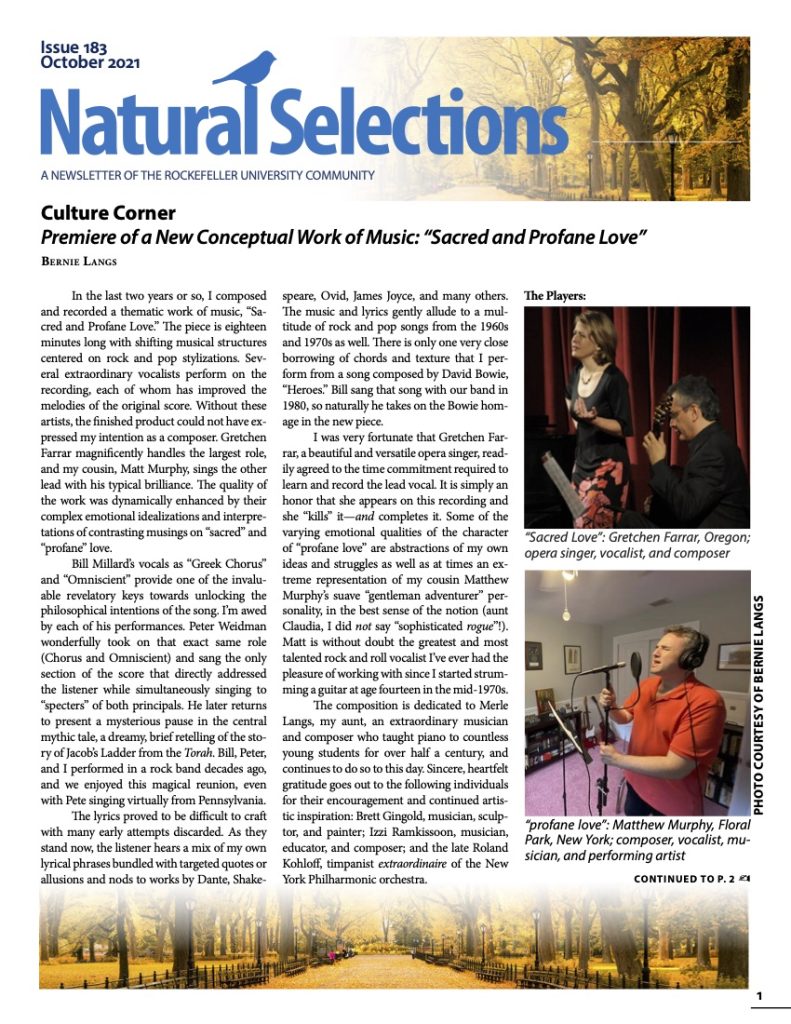by Claire Warriner
A similar version of this article appeared in The Incubator
In April, I found myself in Philadelphia as a guest at the wedding of two people I’d never met. In addition to stuffing myself with Crab Rangoon and avoiding eye contact with the groom’s mother, I visited the gruesomely fascinating Mütter Museum of The College of Physicians of Philadelphia. Often described as a museum of oddities, the three-room space houses the extensive anatomical and pathological collection of Dr. Thomas Dent Mütter, a plastic surgeon who was active in the city between 1841 and 1850.
The most visually striking feature of the museum is The Hyrtl Skull Collection. Each skull is accompanied by a small handwritten note card that reads more like a turn-of-the-century novella than a medical history, i.e. “Prague, Araschtau Gottlieb, age 19, Suicide by potassium cyanide because of suspected unfaithfulness of his mistress, Right supraorbital notch, long nasal aperture.” The display also contains a so-called “hydrocephalic imbecile” with an unsettlingly offset jaw and a disproportionate number of “gypsy” skulls, perhaps mirroring the entrenched racism of the times.
Opposite the display are a set of otherwise unremarkable hardcover books whose leather bindings are made of, evidently, human skin. Next to these is an array of very large,
nineteenth-century gynecological instruments that are enough to make any woman’s cervix crawl up inside her thoracic cavity. Other interesting artifacts in the collection include a bladder stone the size of a peach pit, a wax model of “moist gangrene of the hand,” a liver deformed by years under the pressure of a corset, and a desiccated corpse, sans skin, the chin of which, tilts upward and arms spread outward in a position of heavenly ascent. Furthermore, the museum has not one, not two, but three diencephalic fetuses at various stages of development.
Of all the pieces in the museum, it was the giant human colon, a product of Hirschsprung’s Disease, that is the most unforgettable. Appearing at first to be a lumpy bolster pillow, it lies in a dusty display case beneath the stairs. At approximately four by one feet, the colon was capable of holding 40 pounds of feces. The human vehicle of this enormous tube suffered chronic constipation, a distended abdomen, and could go up to a month without a bowel movement. The giant colon, like the entire Mütter Museum itself, inspires a heady mixture of awe and disgust at the idea that something as familiar as the human body can deviate along so many dark paths into the strange lands of pathology. Definitely worth a visit if you’re ever in Philadelphia.
http://www.collegeofphysicians.org/mutter-museum/
July/August 2013

